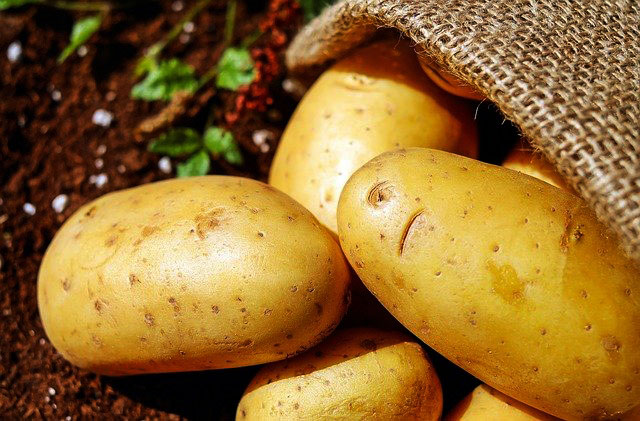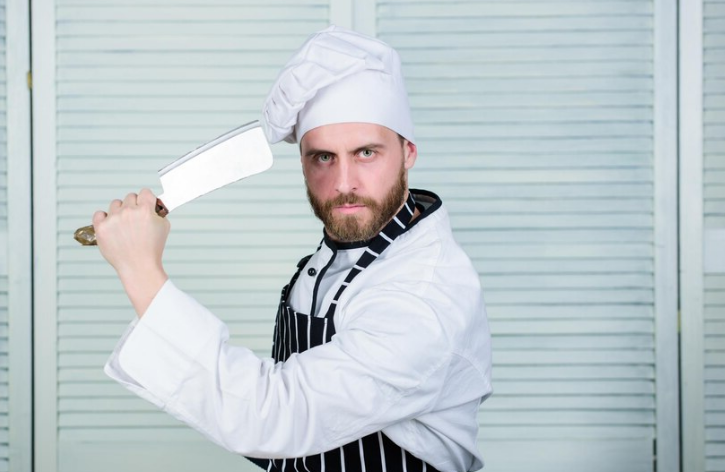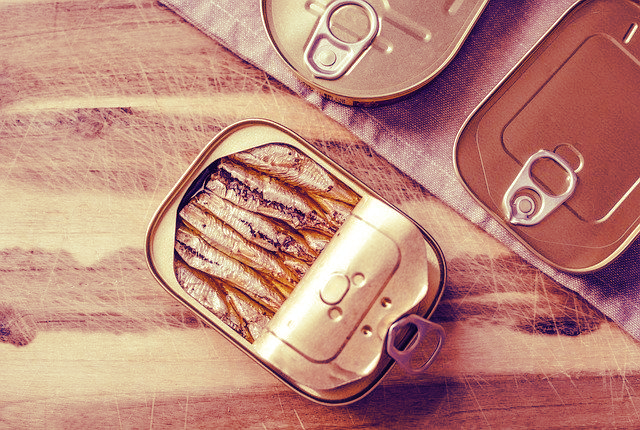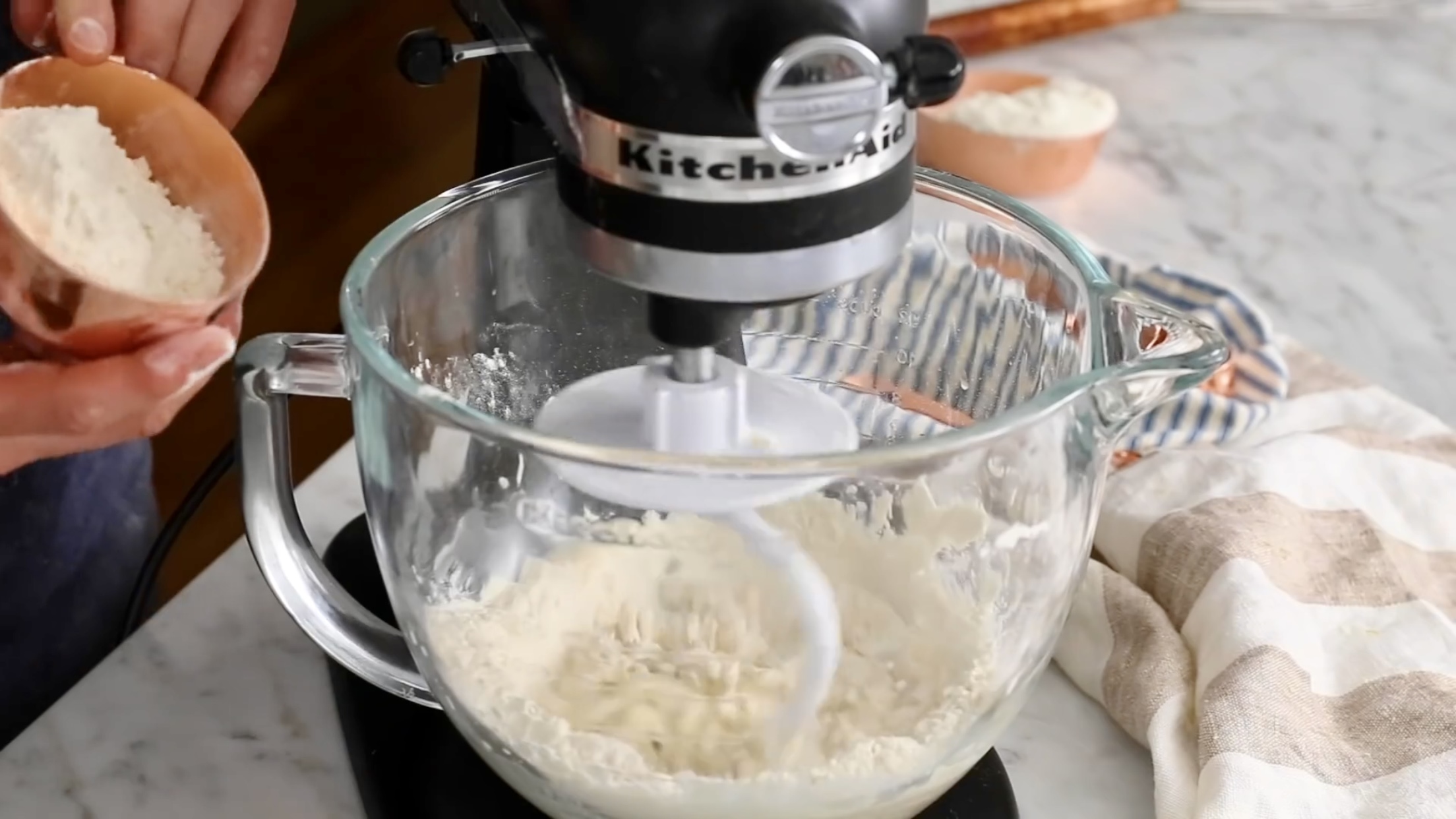You remember when you were a teenager and had a growth spurt and didn’t fit any of your clothes anymore? Your arms and legs were always getting in the way. Other body parts were suddenly transformed and you felt totally awkward for several months? That’s you and your current bread-baking scenario.
Your problem - at least in the eyes of appliance makers - is that you’re an overzealous home cook. Not a professional in need of a Hobart 20-quart mixer (a small commercial mixer, at $4,000+), but also not a modest two- or four-loaf-at-a-time baker.
A lot of home bakers use bread machines only for the mixing and kneading cycles (where they excel), removing the dough before shaping it by hand and baking it in conventional pans in their ovens. But bread machines are only good for a couple of loaves at a time.
For the home market, there is no machine dedicated to kneading bread dough. There are several options among mixers, but unless you are willing to spend serious money for a commercial machine or are willing to cut your ambitions a bit, we can’t offer much help.
In our opinion, the best machine for mixing and kneading dough is the Electrolux 8-quart stand mixer. It uses a roller to knead the dough. The dough hook attachment lets you mix up to 20 cups (or about 6-1/2 pounds) of flour. Other options that you probably already know about are the Viking 7-quart mixer, the DeLonghi 7-quart stand mixer (with blender), and the KitchenAid Professional 6-quart mixer, with correspondingly smaller capacities than the Electrolux.
We know a chef in Portland, Maine who mixes a batch of bread dough every morning with 50 pounds of flour by hand. He said to us, “look around, do you see any mixer here?” We mention this not to shame you or even necessarily to inspire you. We just thought it was interesting.




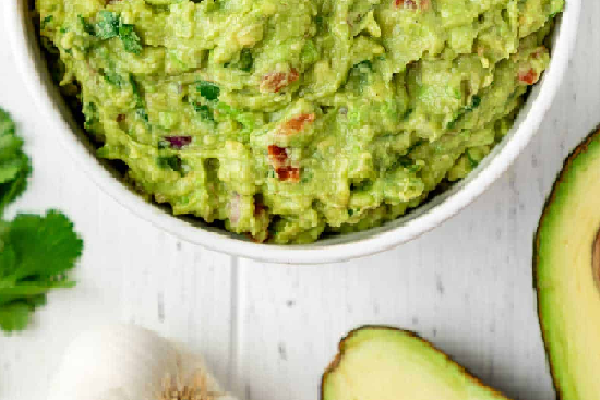



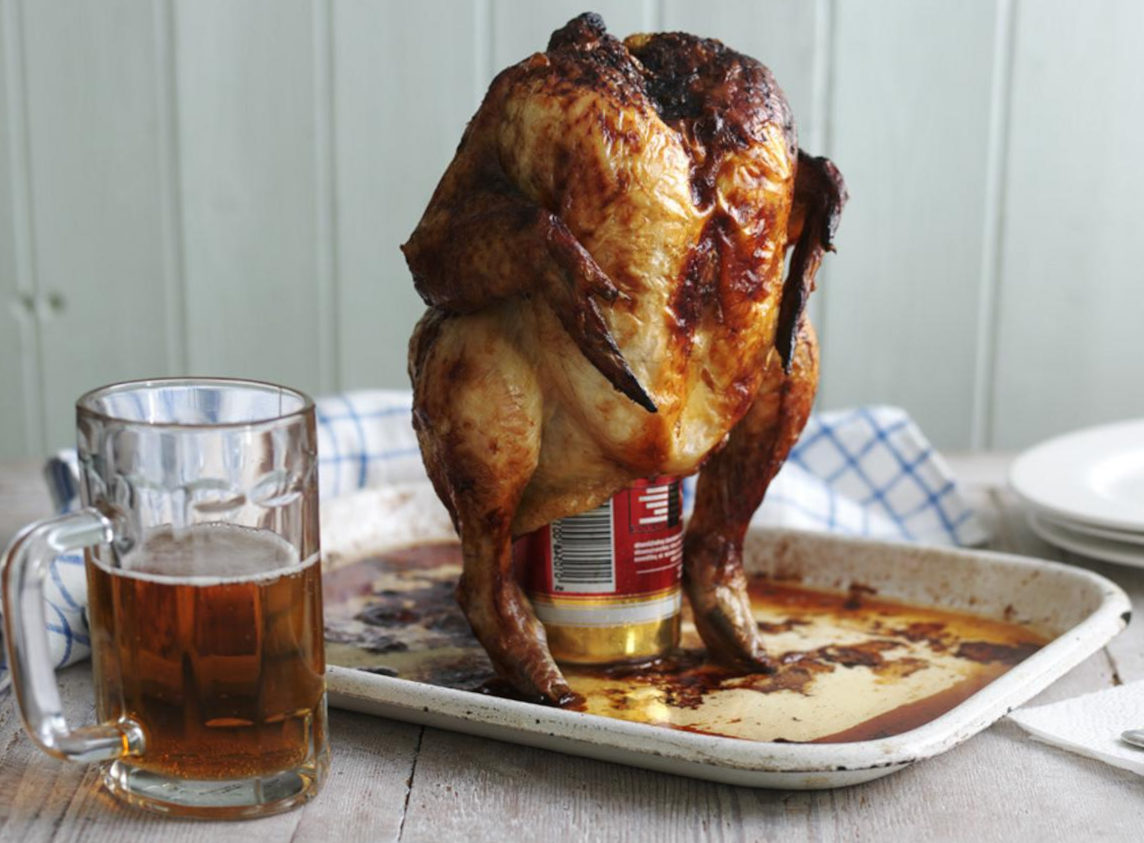
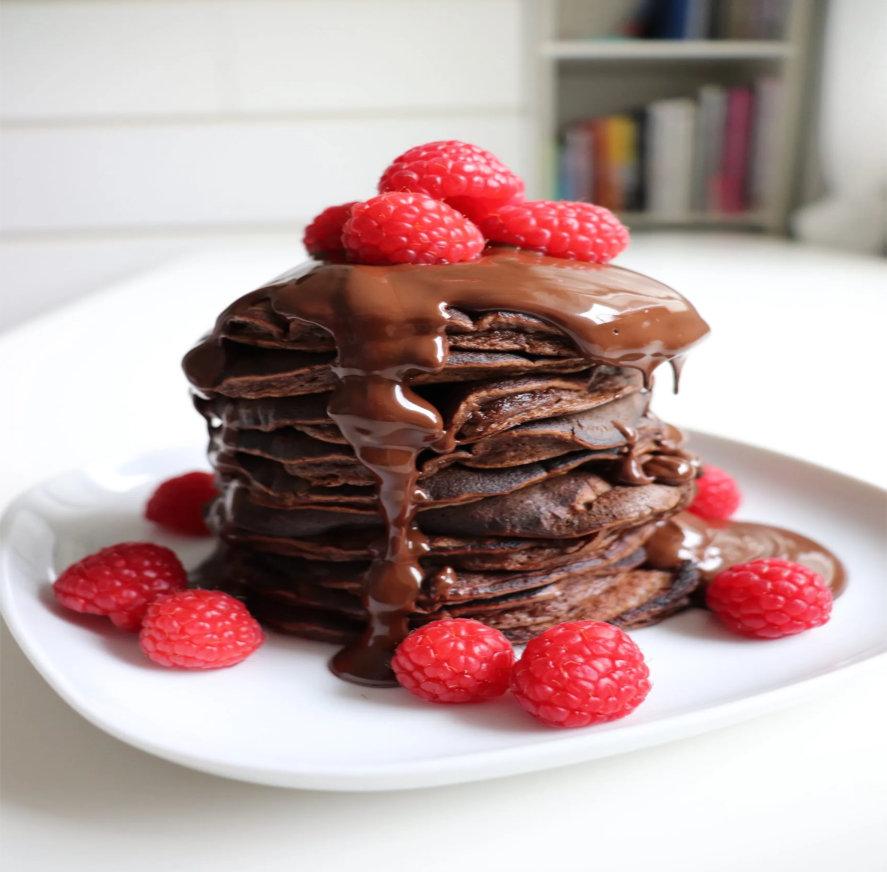
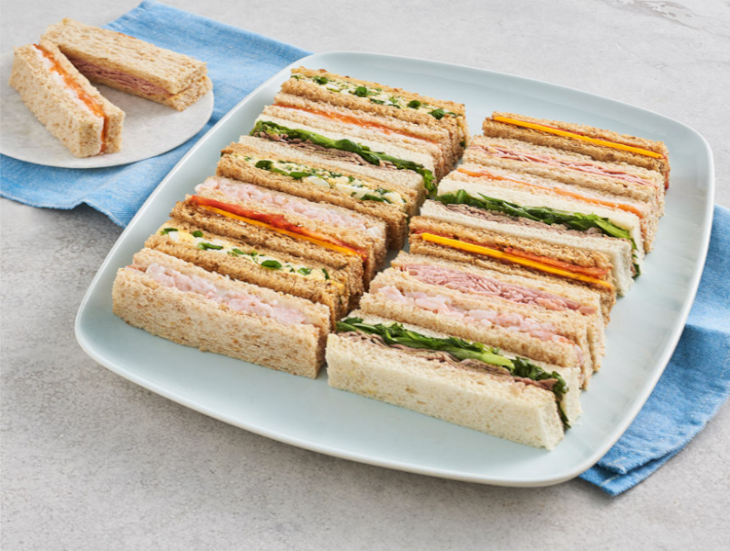



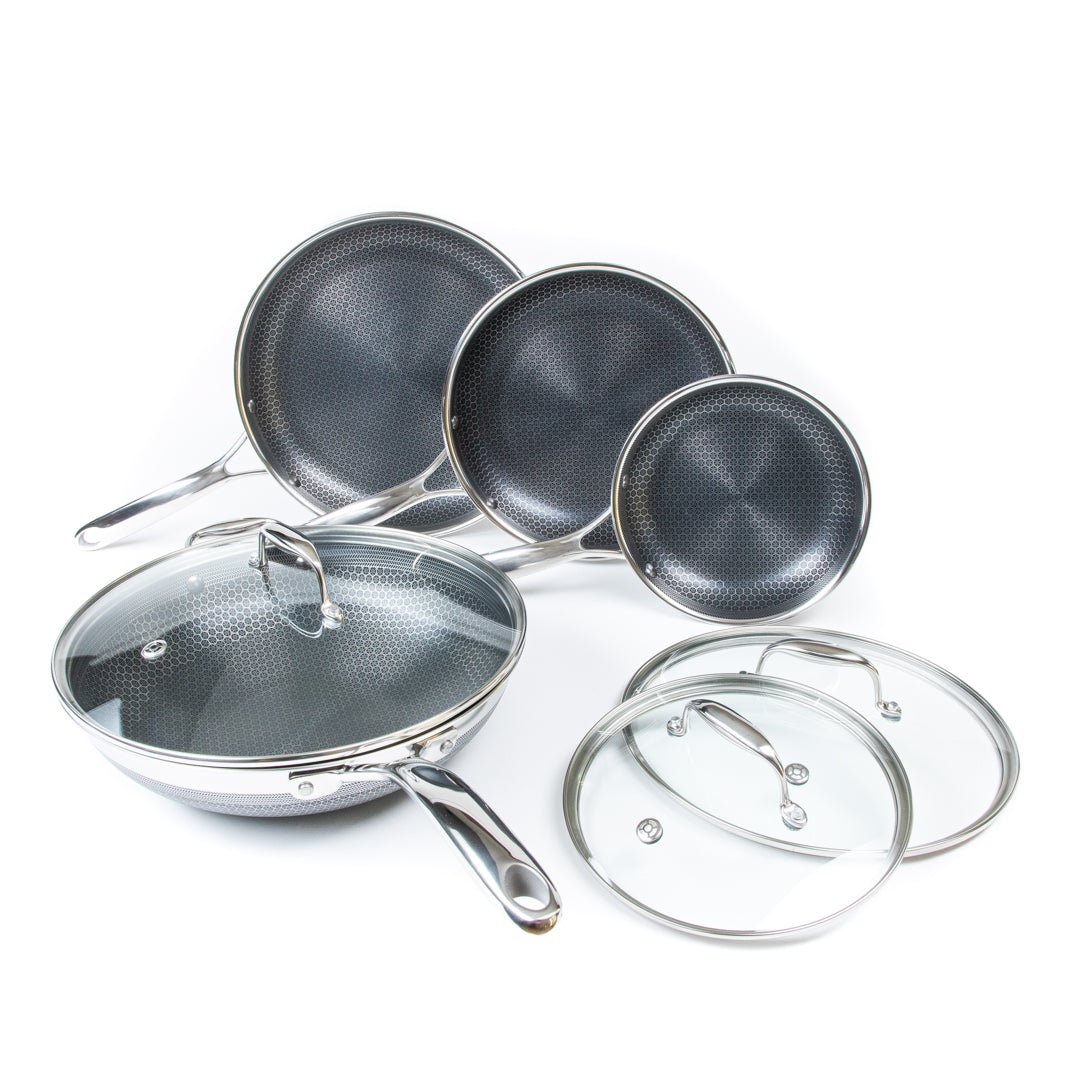


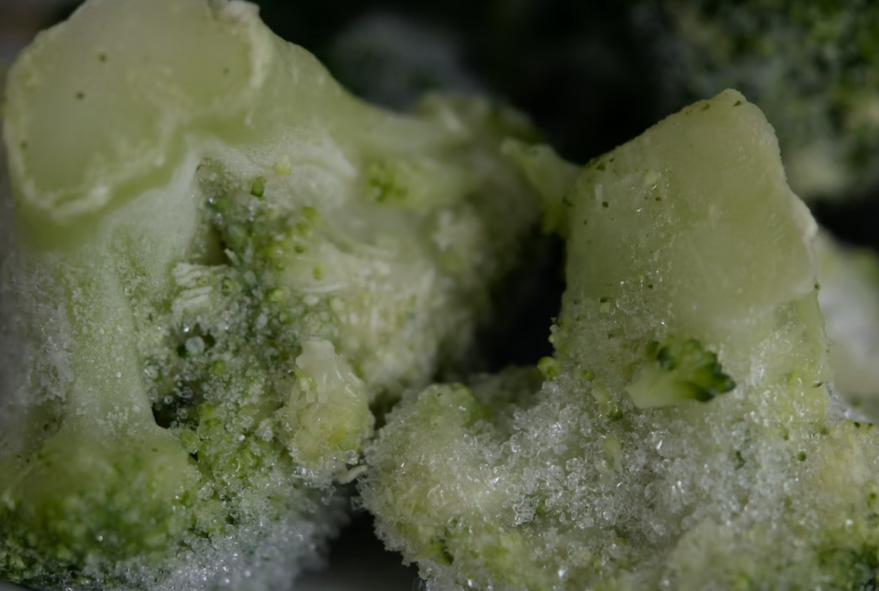
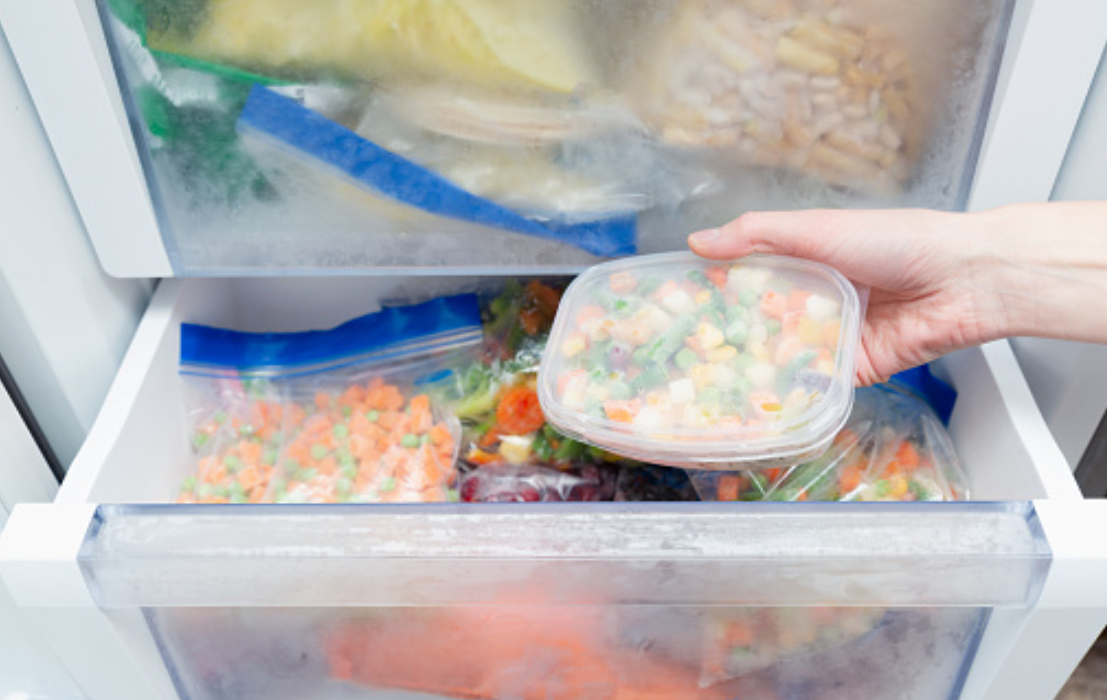
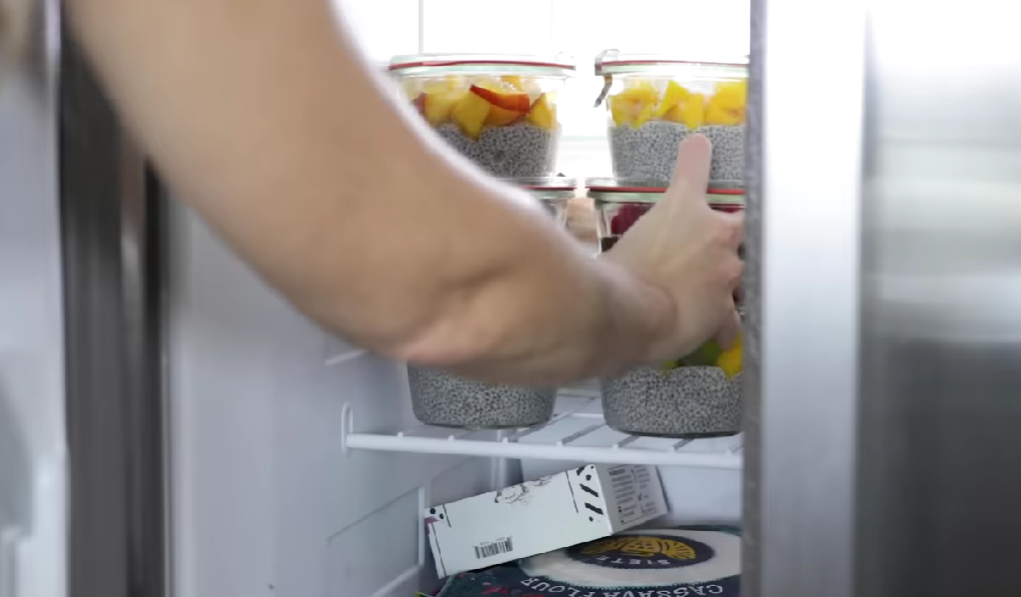

![Can you Cook Eggs in the Microwave? [Complete Guide]](/assets/images/c1f79d1cad59f18f9b5dc31403bd0eb2.png)

